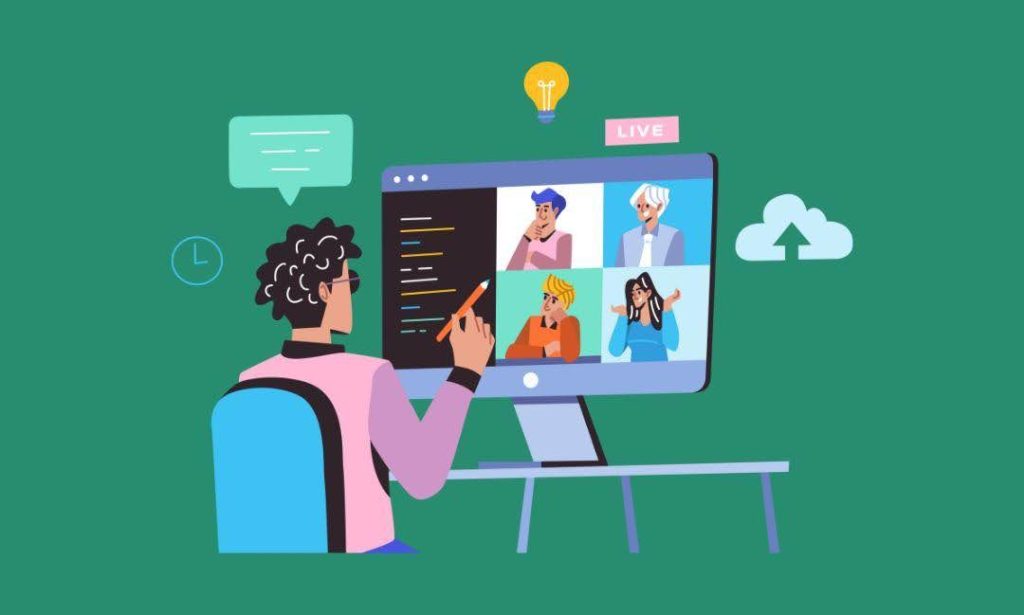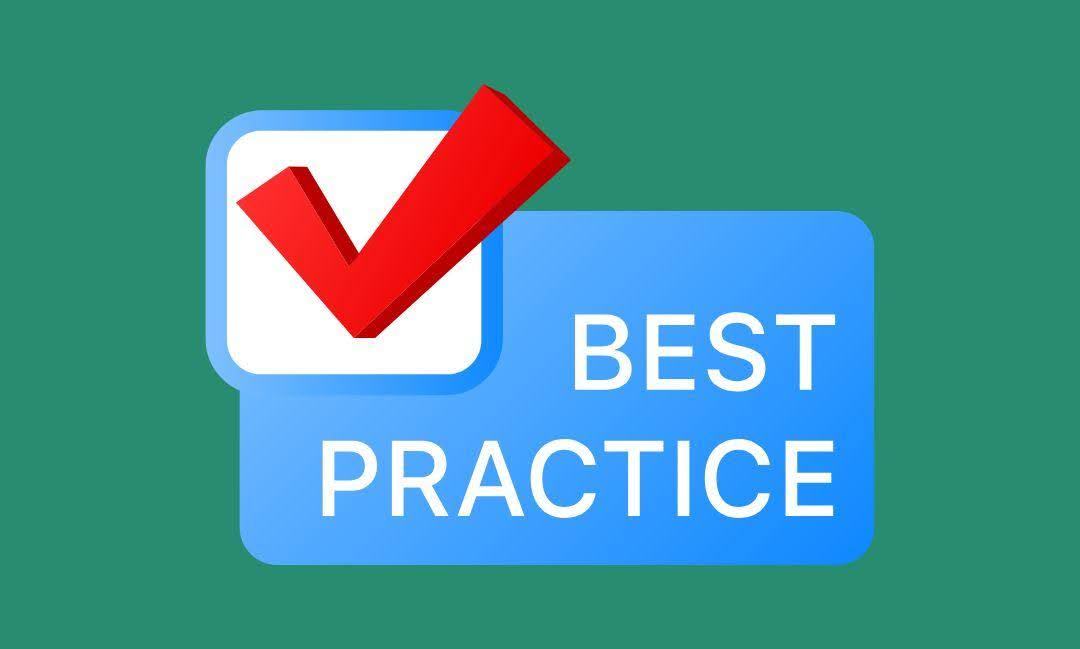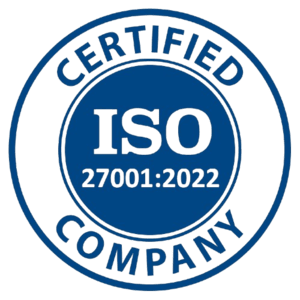In this guide, you will discover some inspiring and effective webinar ideas, especially tailored for the tech industry, providing practical insights and strategy, from raising your online presence to growing the business.
1. Understanding the Technology Industry Landscape

There are a number of features that characterize the tech industry landscape and influence the way companies approach their webinars.
a) Fast Innovation: It is the domain of breakneck pace of innovation. That means that your webinars need to be cutting-edge to capture and sustain the interest of the audience.
b) Technical Complexity: Lots of the tech products and services bring about complex concepts within it. Webinars are a great way to break down these concepts into smaller, and more digestible pieces, to accommodate every type of audience segment.
c) Diverse Audience: The tech industry caters to a wide cross-section of stakeholder groups, ranging from the coders, IT professionals, C-suite executives to end-users. Your webinar strategy has to cater to a diverse audience.
d) Global Reach: Technology goes beyond geographical boundaries. Webinars present an economical method to reach a global audience without the need for literal traveling.
e) Competition: With such a high number of tech companies vying for audience’s attention, your webinars must compete more from a content standpoint, in terms of the quality of presentation, and the value proposition.
2. Types of Effective Webinars for Tech Companies

a) Product Demos and Launches: Host product demos and launches to launch or discuss new products or services, to unveil new features with live demos of unique selling points, and common pain points.
b) Thought Leadership Panels: Host a panel of industry experts to discuss trends, challenges, and future predictions within specific tech domains.
c) Technical Deep Dives: Provide in-depth coverage of technical topics targeted for developers, engineers, and other specialized professionals.
d) Customer Success Stories: Illustrate the usage of your technology through documented case studies and customer testimonials.
e) Educational Series: Produce a set of webinars that are connected, building on each other, and therefore create a journey for the audience.
f) Industry Trend Analysis: Shed light on how new technologies are surfacing, markets are shifting, and how these trends can be harnessed for the benefit of business and consumer alike.
g) Hackathons and Coding Challenges: Host live coding events or challenges to get your developer communities together and let them show off their skills using your platform.
h) Q&A Sessions with Tech Leaders: Host AMA sessions with the leading figures in your company, and beyond within the broader tech industry.
3. Best Practices for Tech Webinars

a) Pick the right webinar platform: The best ones come loaded with features like screen sharing, interactive polls, and breakout rooms. Airmeet is one of the most trusted webinar platforms out there, fully equipped to handle webinars of any scale.
b) Invest in good audio and video: Clear communication is of prime importance in a tech webinar. Use quality microphones and cameras to ensure your presenters are clearly visible and audible.)
c) Engaging Visuals: Prepare your slides, infographics, and animations to explain complex concepts and keep the audience engaged.
d) Interactive Elements: Use polls, Q&A sessions, and live demos to keep your attendees engaged through your entire webinar.
e) Rehearsal and Testing: Hold solid dry runs that would help spot and rectify any technical hitches or presentation hiccups before the actual webinar.
f) Follow-up Engagement Strategy: Email follow-ups, resource sharing and personal outreach to pre-qualified leads following the webinar.
4. Innovative Webinar Topic Ideas for Different Tech Sectors

a) Software Development and DevOps
- “Building Scalable Microservices: A Hands-On Workshop”
- “DevOps Best Practices: Automating Your CI/CD Pipeline”
- “Secure Coding Techniques for Modern Web Applications”
b) Artificial Intelligence and Machine Learning
- “AI Ethics: How to Navigate Challenges in Responsible AI Development”
- “From Data to Insights: Building Effective Machine Learning Models”
- “Natural Language Processing: Unlocking the Power of Conversational AI”
c) Cloud Computing
- “Cybersecurity: Threat Hunting Techniques for Advanced Persistent Threats”
- “Zero Trust Architecture: Implementing a Modern Security Framework”
- “Cybersecurity for Remote Workforces: Strategies and Tools”
d) Cloud Computing
- “Multi-Cloud Strategies: Optimizing Performance and Cost”
- “Serverless Architecture: Building Scalable Applications in the Cloud”
- “Cloud Security: Protecting Your Data in a Shared Responsibility Model”
e) Internet of Things (IoT)
- “IoT Device Management at Scale: Challenges and Solutions”
- “Edge Computing in IoT: Reducing Latency and Enhancing Performance”
- “Securing the IoT Ecosystem: From Devices to Data”
f) Blockchain and Cryptocurrency
- “Blockchain Beyond Crypto: Real-World Applications in Enterprise”
- “Smart Contracts: Revolutionizing Business Processes with Blockchain”
- “Decentralized Finance (DeFi): Opportunities and Risks in the New Financial Paradigm”
g) 5G and Telecommunications
- “5G Network Slicing: Enabling New Business Models”
- “The Future of Connectivity: 6G and Beyond”
- “Telecom Infrastructure Modernization: Ready for the 5G World”
h) Quantum Computing
- “Quantum Computing 101: Understanding the Basics and Potential Applications”
- “Quantum-Safe Cryptography: Preparing for the Post-Quantum World”
- “Quantum Machine Learning: Exploring QC-AI Intersections”
5. Using Technology for Enhanced Webinar Experiences

To be truly unique in the world of tech, look at ways to embed current technologies into your webinars for optimum presentation
a) Virtual Reality: Live product demonstrations /virtual tours of your facilities with AR/VR.
b) AI-Powered Chatbots: Intelligent chatbots can answer audience questions in real-time and let the presenter focus on delivering content.
c) Live Coding Environments: Use cloud-based IDEs to get live coding sessions so attendees can follow along and test while the session is in progress.
d) Interactive 3D Models: Take advantage of WebGL or any other type of 3D rendering technology in order to present complex products or systems.
e) Real-Time Language Translation: Use AI-powered translation services so people from all over the world can attend your webinars.
f) Sentiment Analysis: Use AI capabilities to assess attendee engagement and sentiment in real time so you can adjust your presentation style in real time.
g) Blockchain-based Attendance Verification: Use blockchain to provide tamper-proof certificates of attendance or completion.
6. Measuring Webinar Success in the Tech Industry
Meet and refine your webinar strategy based on the following KPIs:
a) Registration and Attendance Rates: To measure pre-event and follow-through interest, keep an eye on registrant numbers and actual attendees
b) Engagement Metrics: Be able to monitor chat activity, voting rates on polls, and questions submitted.
c) Content Retention: Evaluate how much of the material presented is retained using post-webinar quizzes or surveys.
d) Lead Quality: Analyze the quality of the leads produced by the webinar, according to your definition and criteria for sales processes.
e) Conversion Rates: Track the number of attendees that take the desired actions.
f) Social Buzz and Shares: Track the buzz and shares on the social media related to your webinars.
g) Views and Engagement: Check the total number of views and engagement for the on-demand versions of your webinars.
h) Customer Feedback: Collect qualitative feedback from the attendees. Use this to identify areas for improvement and generate new topic ideas.
7. Future Trends in Tech Webinars
Stay ahead of the curve by keeping an eye on these emerging trends in webinars :
a) Hybrid Events: Merge in-person and virtual elements to give a more inclusive and flexible experience to the attendees.
b) Personalized Learning Paths: Use AI for suggestions on relevant webinar content according to interest and view history.
c) Gamification: Introduce game-like elements, such as leaderboards and achievements, for fostering greater levels of engagement and retention of knowledge.
d) Micro-Webinars: Design even shorter, more focused, and 10-15 minutes long webinars to cater to on-the-go professionals who need brief insights.
e) Voice Activated Interactions: Add voice assistants that enable participants to interact and wander through a webinar hands-free
f) Haptic Feedback: Consider studying the use of haptics to make product demos and training more engaging for people
g) Neuro-feedback Integration: Research EEG devices and explore their usage in measuring and balancing engagement and cognitive load among attendees
Conclusion
In today’s dynamic world of technology, a webinar has become a necessary tool for education, marketing, and community building. This could be accomplished by embracing innovative ideas, leveraging cutting-edge technologies, and focusing on delivering value to your audience. This will make your webinars informative and engaging and position your company as a thought leader in the industry.
Remember that the secret to successful tech webinars is finding a delicate balance between both depth and accessibility, staying abreast of industry trends, and constantly adapting the shifting needs of your audience.
Whether it’s a revolutionary product, expert insight into an oft-newly unknown phenomenon, or generally collaborative endeavor within the tech space, well-facilitated webinars can increase your brand’s visibility and credibility within the highly contested technology landscape.
FAQs
Some of the innovative formats for a webinar, in particular when dealing with a tech-savvy audience, can include live product demos, Q&A panels featuring industry experts, or even virtual hackathons. Case study breakdowns or fireside chats can also give deeper insights for the participants into the current trends and challenges facing the tech world.
Using live product demonstrations to walk an audience through features, conducting interactive polls or surveys for real-time feedback from the audience, and using case studies to facilitate real-life applicability. Providing attendees with access to an exclusive product reveals or early access can also be a driver for engagement.
More interactive tools like live chat, polls, breakout rooms, integrated screen sharing, and the use of augmented reality for virtual product tours or gamification elements that would keep your audience engaged throughout the session can attract a larger audience to your tech webinars.
Promote your webinar through targeted social media ads, partner with industry influencers and co-host, and utilize email marketing with personalized invites. You can offer exclusive content for attendance such as downloadable resources or post-event networking opportunities.




























